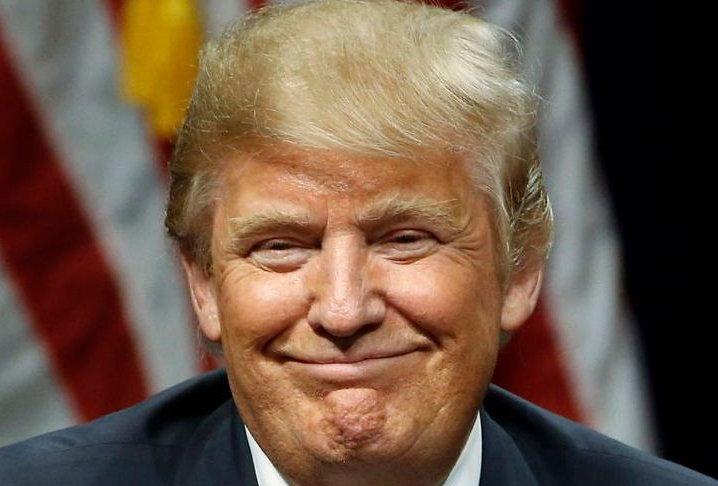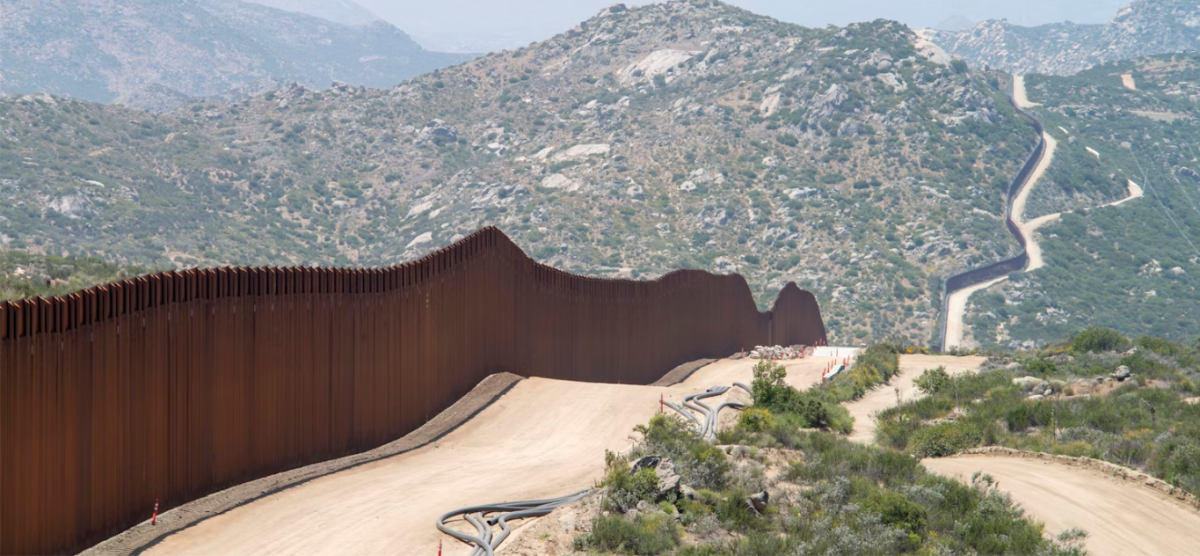The Amazon rainforest is the largest tropical rainforest in the world and drives Brazil’s economy substantially. It has vast biodiversity and an abundant ecosystem. It is located primarily in Brazil but extends into Bolivia, Colombia, and Ecuador, along with five other South American countries. Recently, it has been negatively impacted by droughts that started in June 2023 when the river basin received below-average rainfall. Rivers have been drained, wildfires have become frequent, and millions of people are threatened.
The world’s largest river by volume, the Amazon River, which flows throughout the rainforest, has reached its lowest levels in 120 years. This can be attributed to the excessive burning of fossil fuels, which is why the Amazon drought is classified as “exceptional”, the highest level in the U.S. Drought Monitor classification system, according to the World Weather Attribution. Scientists have found that El Niño (the warming of the ocean’s surface in the central and eastern Pacific Ocean) has reduced rainfall. Because of the increasing temperature from fossil fuels, a lack of rain is ten times more likely. It has also made soil and plant dehydration 30 times more likely. The dry conditions have continued into the rainy season because of climate change, making the dry season longer each year. Dry spells are predicted to be more frequent—if global temperatures exceed 3.6 F above pre industrial levels, severe droughts could happen every 10-15 years.
According to Ben Clarke, a researcher at the Grantham Research Institute on Climate Change, “As global greenhouse emissions continue to increase, the world will see more extreme drought.” Because of these droughts, 150 river dolphins suffocated to death, air is now hazardous, and remote communities that can only travel by boat are cut off. Thirty million people, mainly indigenous communities living in the Amazon basin, were isolated for extended periods and lacked access to proper food and water.
Due to the droughts, a Brazilian hydropower plant had to be shut down, which caused power outages in surrounding countries, including Ecuador and Venezuela. These countries depend on rivers to create electricity—but with significant droughts, governments have turned to diesel power plants that only fuel the droughts. The Brazilian government also has incentives to clear the forest for land usage, specifically cattle ranches. But the deforestation of the Amazon has “decreased rainfall and weakened the ability of trees and soil to retain moisture,” according to The New York Times.
As tree mortality increases, the release of carbon dioxide can create harsher climate conditions. However, governments can help prevent droughts by stopping deforestation and assisting local communities in adapting to these new conditions. Brazil and Colombia have helped by cutting deforestation, but the Amazon has already shrunk, losing one-fifth of its original size. According to Regina Rodrigues, a University of Santa Catarina professor, “we have to reduce emissions,” because the forest “will not survive climate change.”







![[Protest Tbilisi April 2024] by [Jelger Groeneveld] is licensed under [CC BY 2.0].](https://flhsprospect.com/wp-content/uploads/2025/01/Screenshot-2025-01-29-151213-1-1200x897.png)
